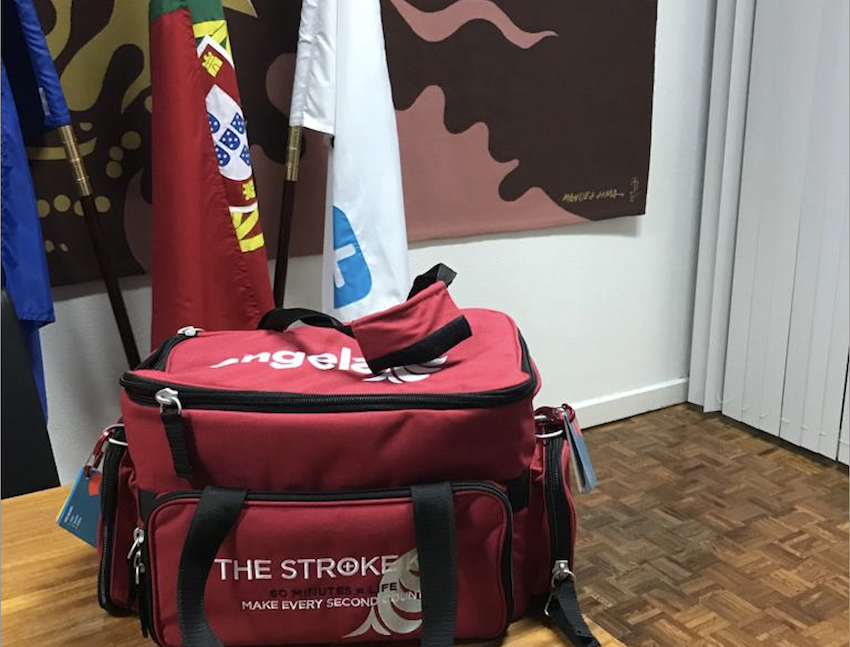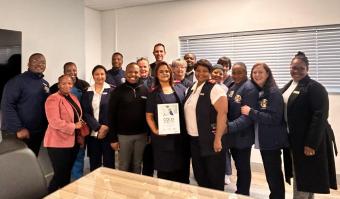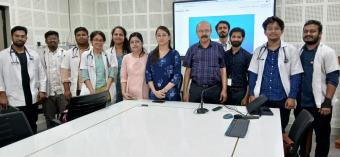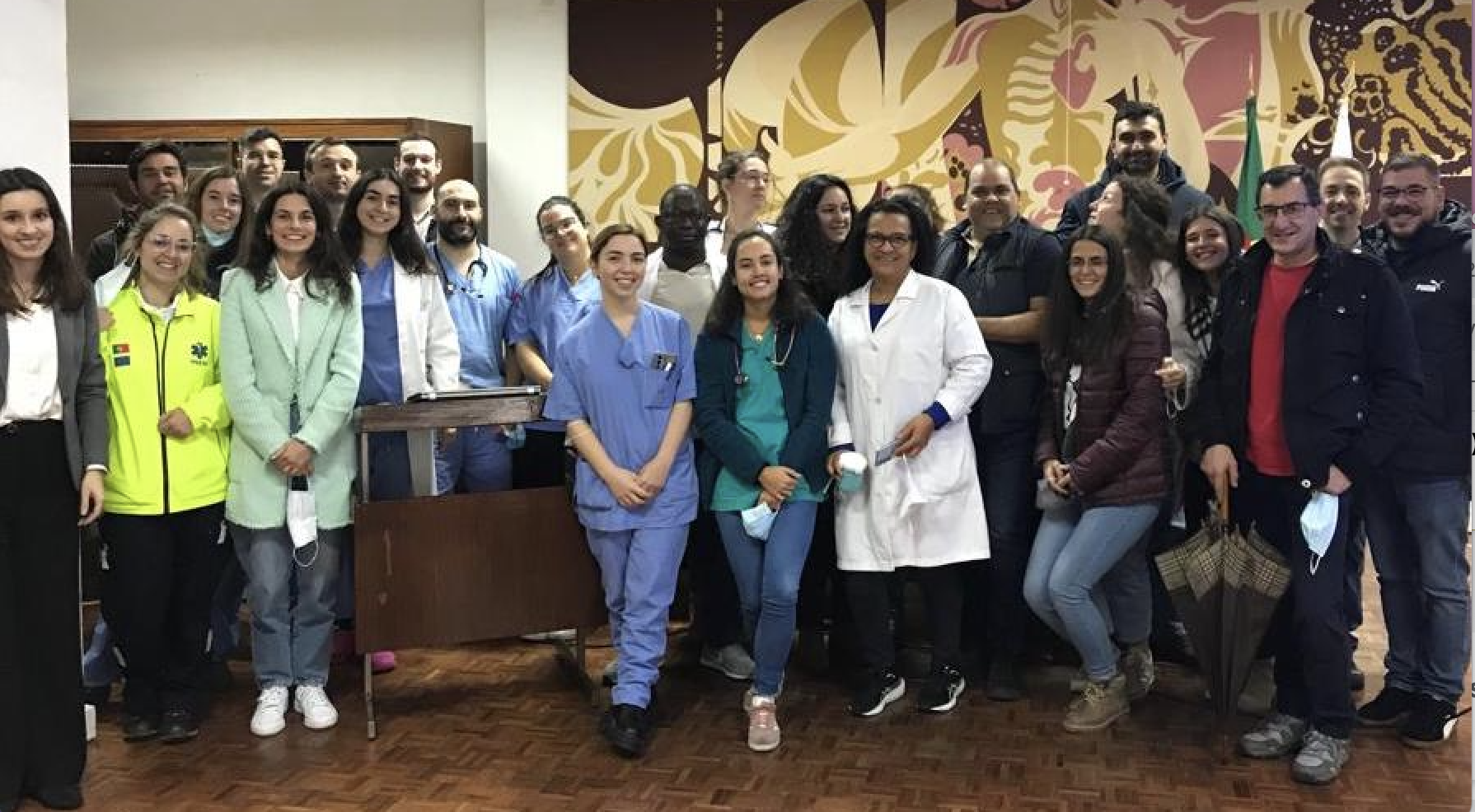
EVEN at the height of summer, tourists don’t exactly flock to Portalegre, a North Alejentan town located in the foothills of the Serra de São Mamede. While it was once an important strategic city, these days Portalegre is far from pretty much everywhere except the Spanish border a 20-minute drive away.
But should you happen to be making your way across this sparsely populated corner of Portugal and follow the signs to Portalegre, you will be rewarded with olive fields, oak and chestnut forests, a castle, a cathedral, a pleasant central square with a large fountain, and many noble houses.
You may not realise right away – or at all – that Portalegre was until recently an island, because for an island it is certainly very far from the sea. You also likely won’t notice a very new bridge, an important one that connects Portalegre to the mainland.
This is because the town is an island only in the minds of those with a keen sense of its isolation. And the invisible bridge is a potentially life-saving link between the main hospital in Portalegre and the stroke community in Portugal and the rest of Europe.
Bridge-builder-in-chief, Angels consultant Inês Carvalho, explains how Portalegre went from island to mainland in a remarkably short time. Its district hospital had caught her attention almost as soon as she joined Angels in April 2022. The town’s population of around 100,000 was among the oldest in Portugal. Their stroke risk was high, awareness was low, and data showed that the 30-day mortality rate was significantly higher than all but one of the hospitals in the region.
When after a while she had still not succeeded in making contact with the hospital in Portalegre, Inês made a graph that ranked her target hospitals in terms of their influence and advocacy. With little influence and as yet no engagement with Angels, Hospital Dr José Maria Grande (HDJMG) in Portalegre sat right in the centre of the bottom left quadrant. But in the top right quadrant, with high scores for both influence and advocacy, was the Hospital do Espírito Santo de Évora (HESE) whose stroke unit coordinator Dr Luísa Rebocho was also the stroke code Alentejo region coordinator.
It occurred to Inês that in order to connect with Portalegre, she might first have to build a bridge between Portalegre and Évora.
A strong ally of the Angels mission to raise the standard of stroke care, Dr Rebocho agreed to carry word to Portalegre about how important it was to provide acute stoke treatment in the interior, and how working with Angels could help. On the receiving end of this message was another potential ally, namely the Portalegre hospital’s emergency department coordinator Dr Augusto Mendonça, a charming and dedicated emergency doctor with a special interest in stroke.
He was knowledgeable too. She realised as soon as she met him, Inês says, that Dr Mendonça knew that time was brain. The bridge between Portalegre and Portugal’s stroke community now had builders at both ends.
In September two stroke teams, each comprised of two doctors, two nurses and two EMS practitioners, traveled to the coast to attend a simulation workshop at Simula, the Clinical Simulation Centre of the University of Aveiro. By the end of October, nurses at Portalegre’s Hospital had completed an online Nurse Task Force stroke code workshop. Their enthusiasm would turn out to be crucial for the transformation of stroke care at their hospital.
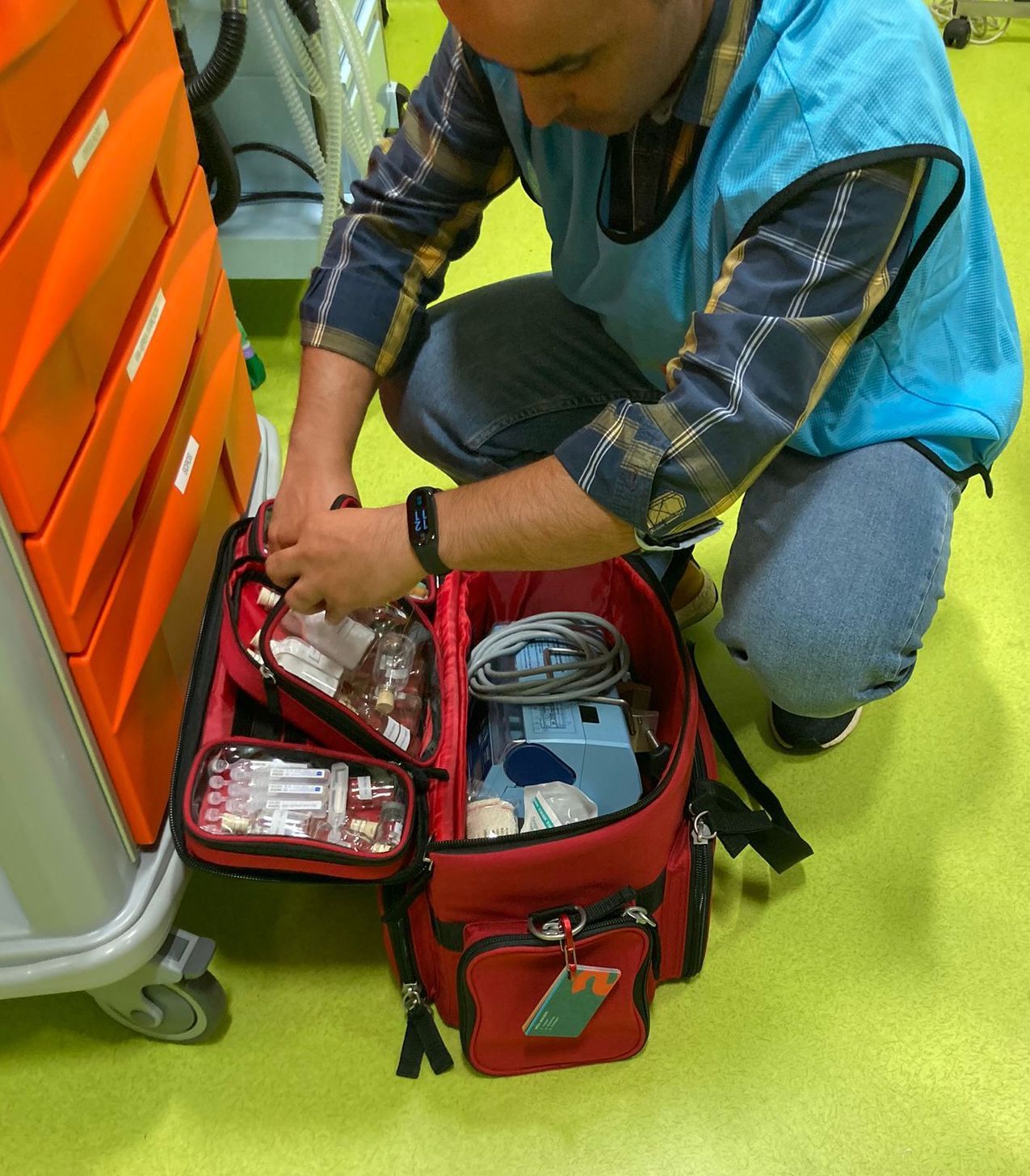
The Simula programme exposed the teams from Portalegre to eight clinical cases, and provided a safe environment for sharing that allowed personalities to emerge. Nurse João Mendes, for example, a young nurse with little experience, revealed himself as a highly organised natural leader who inspired doctors with confidence, while Dr Rúben Raimundo, a young emergency physician, struggled to overcome his extreme caution.
Another transformation was on the cards.
The next meeting took place in Portalegre. Inês came up from the capital on 28 November for an in-hospital simulation and a multidisciplinary meeting that was held in a packed room with over 30 attendees. Himself a weekly commuter from Lisbon, Dr Mendonça had done everything possible to ensure Inês’s visit at the end of a long journey would be as productive as possible.
The next time she made the 320 km round trip was on 5 December for a hyperacute workshop that included Body Interact training to help doctors like Rúben Raimundo gain confidence in their decision-making skills. The training was repeated in the afternoon, ultimately reaching almost 70 healthcare professionals.
With several key priority actions already in place including a commitment to treat at CT, Inês arranged for the display of QR codes in th CT room through which nurses could access checklists. She also created QR codes for relevant elearning modules in the Angels Academy.
Portalegre had been like the Azores without the sea, a nurse said when the workshop ended, comparing their sense of isolation to the scattering of nine tiny islands 1400 km off the west coast of Lisbon. But the intervention had given their former island a voice, and the ability to provide quality care to their commnunity, their families and the population.
The bridge connecting Portalegre to Portugal’s stroke community was now almost complete.
At the annual Angels meeting in Portugal in (place) on (date), you could hear a pin drop when Dr Rúben Raimundo got up on stage to share his story. Doctors who had met the cautious young phyician in Aveiro a few months earlier, were struck by his transformation.
His presentation was powerful, but they loved it most for another, more nostalgic, reason. They saw in him a version of their own, tentative younger selves, and many of them recognised the story of stroke in Portalegre as their own.
